Video production is the creative process of crafting audio-visual content for entertainment, marketing, education, or documentary purposes. It involves creativity, filming, and post-production editing to deliver a polished final product. Video production brings ideas to life through visual storytelling from concept to completion.
The video production process normally consists of multiple steps. Pre-production begins with concept generation, script writing, site scouting, and budgeting. During the production phase, cameras collect video, capture sound, and actors or presenters play out the script. Post-production include editing the acquired film, adding visual effects, improving audio quality, and inserting music or narration.
Video creation demands both technical and artistic abilities. Professionals in this sector use cameras, lighting, sound recording devices, and editing software. They also use storytelling tactics, graphic composition, and effective editing to transmit messages or trigger emotions.
Commercials, films, television shows, documentaries, training materials, and web content are examples of how videos may be used. The growth of digital platforms and social media has boosted demand for video production, transforming it into a dynamic and prominent business that evolves with new technology and trends.
What is Pre-Production?
Pre-production is an important stage in the video production process. It includes all the planning, organization, and preparation necessary before filming or recording. The groundwork is established for the project's successful completion during this stage.
The creative team works together in pre-production to explore ideas, improve concepts, and build a unified vision for the video. Brainstorming sessions, scriptwriting, storyboarding, and establishing a short list are all part of the process. The team also establishes the budget, chooses venues, obtains permits as needed, and organizes for any necessary props, costumes, or equipment.
Pre-production is important since it helps lay a firm foundation for the project and ensures everyone is on the page with the vision and mission. Proper planning at this point may save time, money, and resources throughout production and post-production, adding to the video's overall success.
Pre- production process
The pre-production process in video production involves several key tasks and considerations. Here are some examples:
Script Writing: This is where the initial ideas and concepts are developed into a written script. It includes creating dialogue, narrative structure, and scene descriptions
Artist Selections/Casting: Depending on the video's requirements, casting directors may hold auditions or review portfolios to select actors, presenters, or performers for the project.
Location Scouting: Finding suitable locations for filming is essential. Location scouts visit potential sites, assessing their suitability and obtaining necessary permissions or permits.
Production Equipment and Management: Determining the technical requirements for the shoot, such as cameras, lighting, sound equipment, and props, is part of pre-production. Proper equipment and logistics management is crucial to ensure a smooth production process.
Costume and Set Design: If the video involves specific costumes or sets, pre-production involves designing or sourcing appropriate costumes and creating detailed set designs.
Storyboarding: Visualizing the video's scenes through storyboarding helps plan camera angles, composition, and overall visual flow. This serves as a visual reference for the production team.
Voice Over and Narration: If voice-over or narration is required, pre-production includes selecting voice talent, recording scripts, and ensuring appropriate audio quality.
These are just a few examples of tasks involved in the pre-production process. Each video production may have additional considerations based on specific requirements and objectives.
What is Post production?
Post-production is the stage of video production that occurs after the filming or recording has been completed. It includes all steps required in editing and modifying raw video to generate a polished and coherent result.
The acquired film is thoroughly scrutinized during post-production, and the editing process starts. This involves picking the finest pictures, sequencing them, and reducing or eliminating unneeded or repeated information. Visual effects, graphics, and animations can also be used to improve the movie's visual appeal or to express certain messages.
Post-production includes audio editing and augmentation in addition to visual editing. These are examples of adjusting sound levels, reducing background noise, adding music or sound effects, and synchronizing audio with visual.
Color correction and grading are critical post-production steps that provide uniform and aesthetically pleasing colour tones throughout the movie. During this stage, transitions, titles, and credits are also added.
Post production process
The post-production process in video production involves a range of specialized roles and tasks to refine and enhance the raw footage. Here are some key roles and processes involved:
Video Editing: Editors work with the captured footage, selecting the best shots, arranging them in the desired sequence, and trimming or cutting unnecessary content. They also add transitions, titles, and graphics.
Sound Design: Sound designers enhance the audio quality by adjusting sound levels, removing unwanted noise, and adding or mixing music, sound effects, and ambient audio to create a rich and immersive sound experience.
Foley Artists: Foley artists create and record additional sound effects to enhance the audio. They recreate sounds that may not have been adequately captured during filming, such as footsteps, door creaks, or prop movements.
Color Grading: Colorists adjust and enhance the colors of the footage to make a specific mood or visual style. They ensure consistency throughout the video and may apply various color grading techniques to achieve the desired look.
Visual Effects (VFX): VFX artists create and integrate computer-generated imagery (CGI) or other visual enhancements if the video requires visual effects. This can include adding or manipulating elements, creating realistic environments, or generating special effects.
Motion Graphics: Motion graphic designers create animated graphics, titles, and other visual elements to enhance the video's appeal and convey information or branding.
Audio Mixing and Mastering: Audio mixers combine and balance all the audio elements, ensuring that dialogue, music, and sound effects blend seamlessly. They also adjust audio levels for optimal playback across different devices and platforms.
Quality Control: Quality control specialists review the final edited video to ensure technical accuracy, visual and audio consistency, and compliance with industry standards or client requirements.
These are just a few examples of the roles and processes involved in post-production. Depending on the project's complexity, additional tasks and specialists may be involved to deliver a high-quality final video product.
Video Productions Service We Offer:-
1. Product Video: To engage and persuade potential buyers, a product film showcases a certain product's characteristics, advantages, and usage. It uses appealing graphics, demonstrations, and narrative approaches to highlight the product's value proposition and stimulate attention, eventually motivating viewers to purchase or take further action.
2. Corporate Video: A corporate film highlights a firm or organization's beliefs, culture, achievements, and services to strengthen brand recognition and develop a professional image. It attempts to inspire trust, attract clients, and engage stakeholders by expressing the company's distinct character and dedication to excellence via appealing graphics and stories.
3. Training Video: Training films provide instructional content that guides employees or learners through specific procedures, skills, or information to increase performance and comprehension. They give step-by-step direction, practical examples, and interactive features to enable successful learning and skill development for increased productivity and competency, using succinct images and clear explanations.
4. Explainer Video: Explainer films use engaging graphics to clarify complicated topics, goods, or processes, improving viewer understanding. They break down complex issues into consumable bits by reducing material succinctly and entertainingly, boosting learning and successfully communicating vital points.
5. Branding Video: Branding films are created to express a company's distinct identity, values, and personality. They create emotional connections with viewers through fascinating storytelling and expressive imagery, creating a lasting impact. These movies are important in molding customer views and creating brand loyalty by developing brand familiarity and resonance.
6. Web/Social Media Video: Web or social media videos are short, catchy snippets developed for internet platforms. They hope to catch viewers' attention quickly with their brief presentation and interesting material. These films are meant to thrive in the fast-paced and highly shareable settings of social media and the web, so they are optimized for interaction, encouraging likes, comments, and shares.
7. Documentaries are documentary-style video films that dive deeply into real-life themes such as historical events, societal concerns, or environmental occurrences. They perform a thorough investigation, presenting facts, interviews, and expert analysis to create a complete understanding. Documentaries educate, inform, and stir thinking by illuminating interesting and important parts of our world.
8. Location Shoot: A location shot involves collecting video footage in real-world locations rather than controlled studio settings to create visually appealing and realistic videos. It enables a true depiction of the surroundings by utilizing natural lighting, landscape, and atmosphere to boost visual appeal and provide viewers a realistic and immersive experience.
9. 2D/3D Animation: Animation uses 2D or 3D techniques to produce moving images, allowing for inventive narrative, breathtaking visual effects, and the portrayal of abstract or complicated concepts that would be impossible to convey with live-action film. It provides limitless creative opportunities, bringing people, worlds, and ideas to life via fluid movement and aesthetic expression.
10. AD Film Shoot: AD film sessions are devoted to producing eye-catching ads or advertising with brief runtimes. Their major goal is to draw the audience's attention to a product, service, or brand. These shootings strive to create a lasting impression and promote customer engagement and interest through appealing graphics, convincing narrative, and smart marketing methods.
- Q 1. How to contact Lingo solution for translation/transcription?
- Q: What are the file formats accepted by you?
- Q: What type of translation/transcription can I outsource?
- Q: Will you keep our data/information safe and secure?
- Q: Do you have native and professional team for translation/transcription?




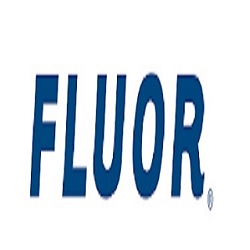


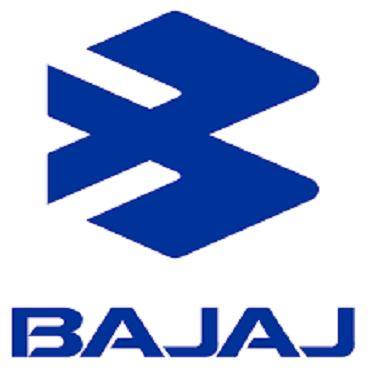

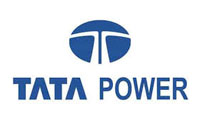
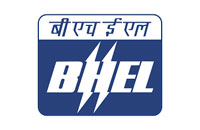
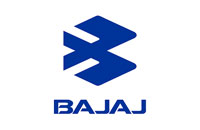



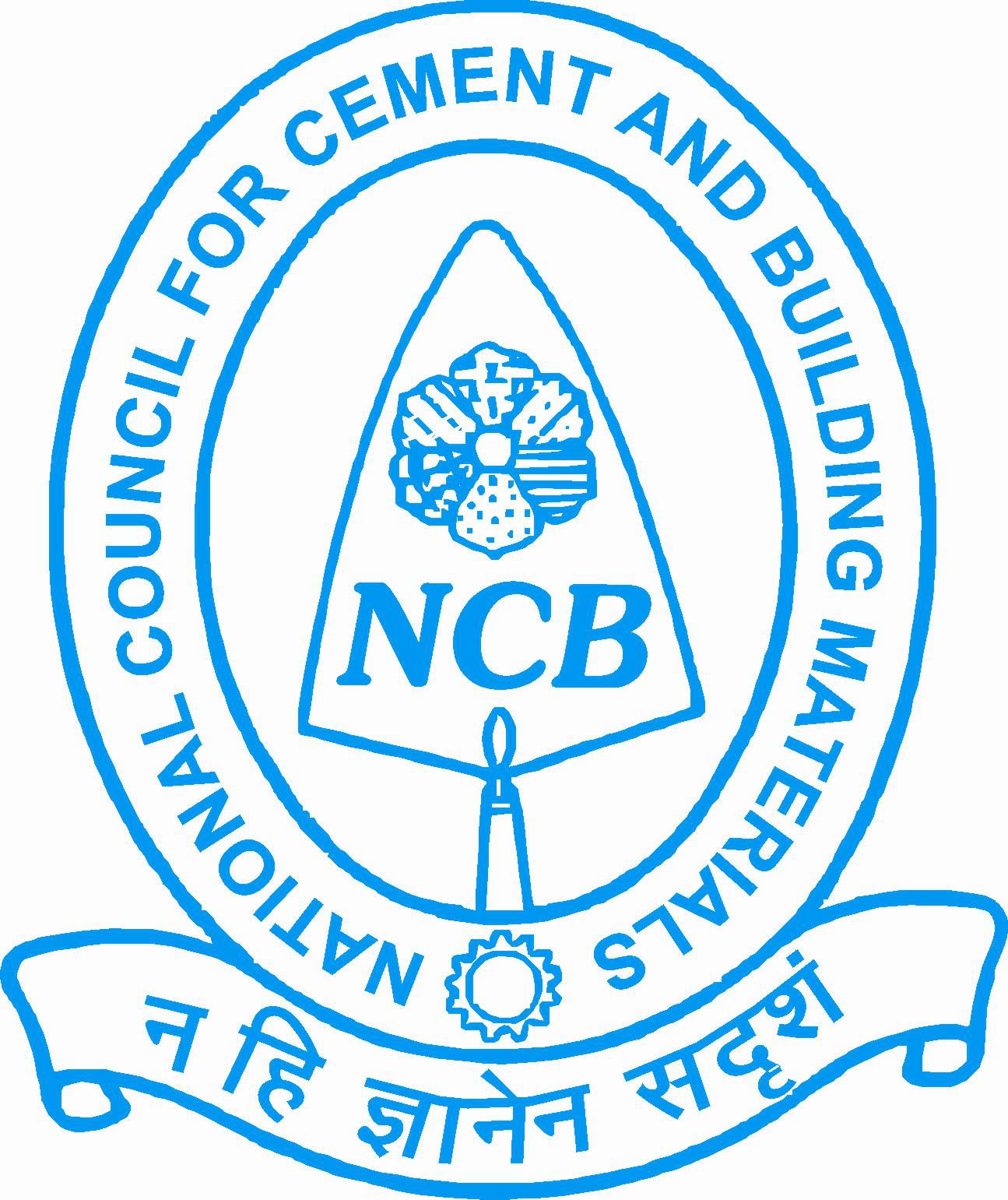

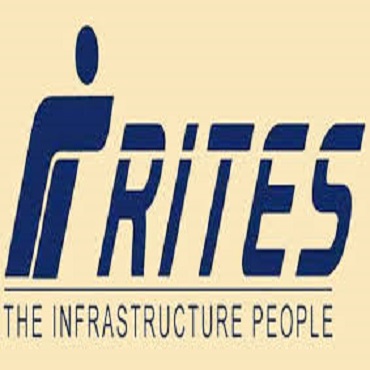

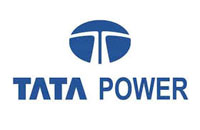



 twitter
twitter
FLUOR
I used Lingo web localization service. Right from the start, they were very patient with explaining the website localization process and offering the best solution. They kindly answered my frequent requests, and after sales service.